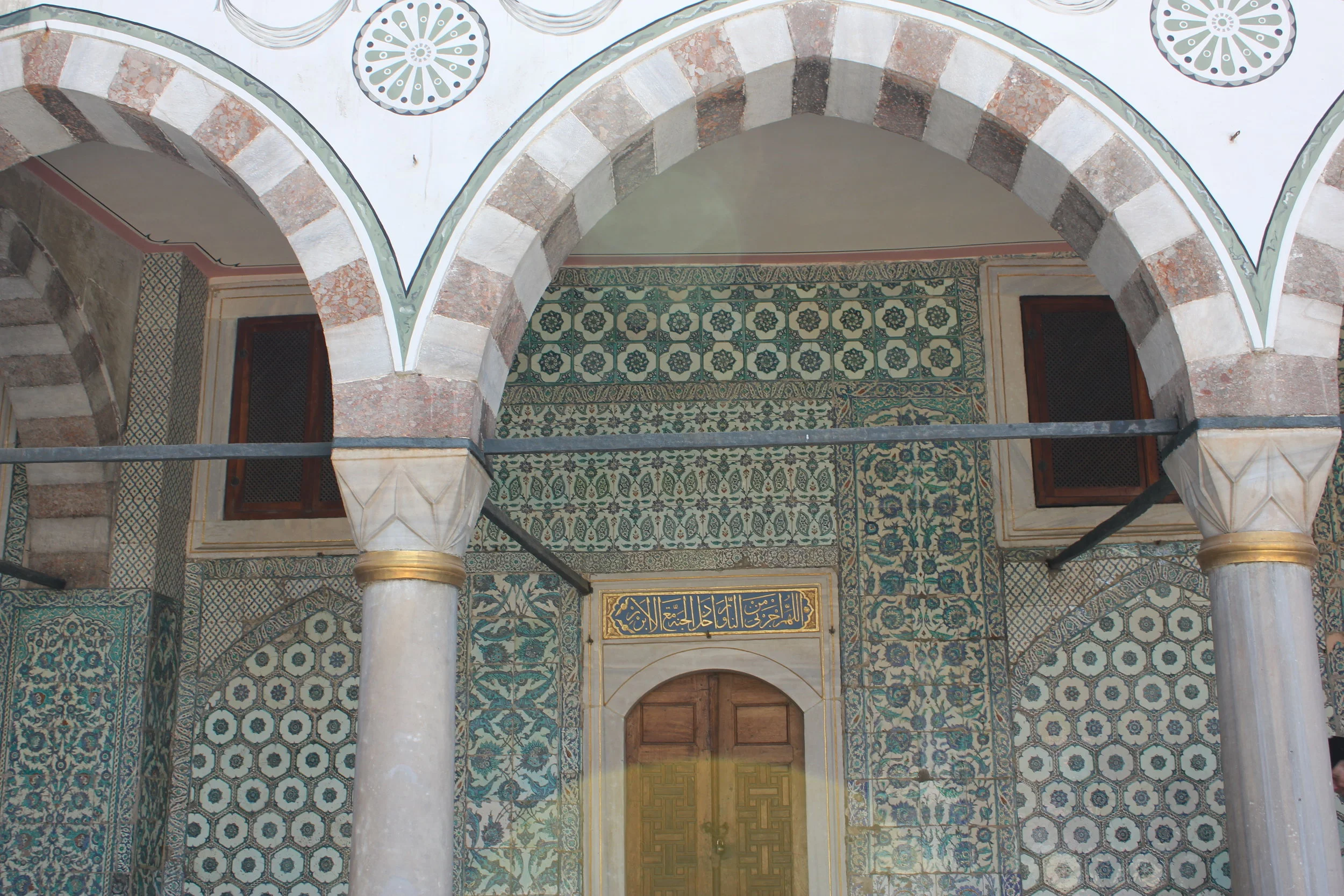In 2014, I was fortunate to spend several weeks in Turkey. My husband was attending a conference and I was able to tag along. At the beginning, we spent a week in Istanbul, a vibrant city steeped in history. I was immediately taken by the art, calligraphy, cuisine, warmth and friendliness of the Turkish people, and of course, the music.
We later traveled to Ephesus and Cappadocia, both in the Asian part of Turkey. Cappadocia is a region unlike any other place on earth. The towering basalt geological structures look like giant rocks that sprang up from the landscape. They were easily carved into caves where civilizations had lived for millennia, including the underground cities of the very early Christians.
We stayed in small villages and were struck by the number of mosques in each town. When the muezzins call the community to prayer, they do so melodically from their respective minarets. Several rather simultaneous calls to prayer create an unusual accidental antiphonal effect, similar to a call - response.
The formal study of Turkish music is complex, due to its long history and influences of the myriad cultures that have left their imprint on this country. Although I read books about Turkish music and listened extensively to recordings and performances, I am by no means a scholar. The following paragraph contains some very basic information.
On our trip, we immersed ourselves in concerts of traditional Turkish music, including a performance of the Whirling Dervishes. While listening to classical Turkish music, I was captivated by the modal melodies based on Turkish makams, a system of melody types used in Arabic, Persian and Turkish music. The makams employ intervallic steps that are different from our familiar whole and half step Western scales, and they include microtones (quartertones and others as well). Underlying rhythmic patterns, usuls, are also a feature of Turkish music and I noticed several pieces with meters alternating between 5 and 4. There are many other metric groupings and pulsations in the greater realm of usuls.
I was equally fascinated with Turkish instruments: bowed and plucked stringed instruments; winds with distinct timbres, ranging from sweet and flute-like to extremely nasal; an array of drums and other percussion; and the santur, a traditional Turkish dulcimer.
When I returned home from Turkey, all these musical memories coalesced as I embarked on writing “Turkish Impressions.” I selected this title because it is exactly that: impressions of Turkey and Turkish music from my vantage point.
I created my own Phrygian melodic theme that had elements of traditional makams. Quartertones are prominent in this piece, especially at the end of phrases. Predominantly, the meter alternates between 4 and 5 to capture the flavor of Turkish usuls.
“Turkish Impressions” is in a modified ABA form with introduction and coda. Several dance-like sections were inspired by the Whirling Dervishes. The instrumentation involves traditional winds and strings, used unconventionally to capture the sliding microtone effects. I included a hammered dulcimer to mimic the sound of the santur. The instrumental range often moves from the very low to very high in a jagged manner, characteristic of the geological structures of Cappadocia.
I worked on composing this piece for the better part of a year. Along the way, I was fortunate to receive feedback from different composers, most specifically from Jason Levis. I am honored to have this work performed by the San Francisco Composers Chamber Orchestra on November 4th! Steve Eulberg will be featured on hammered dulcimer. If you are in the area, I hope you will attend this concert!

